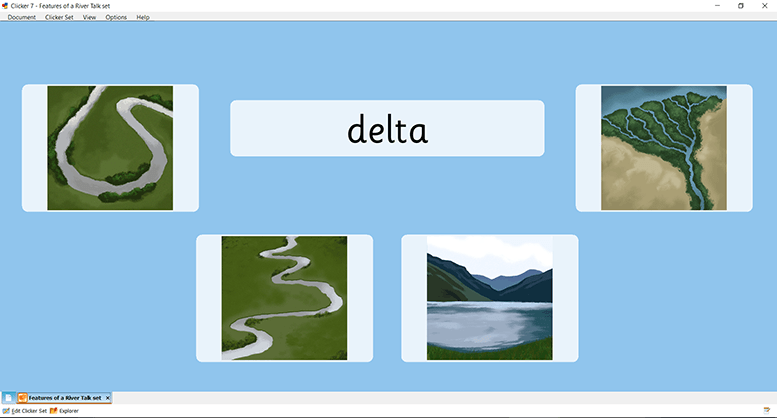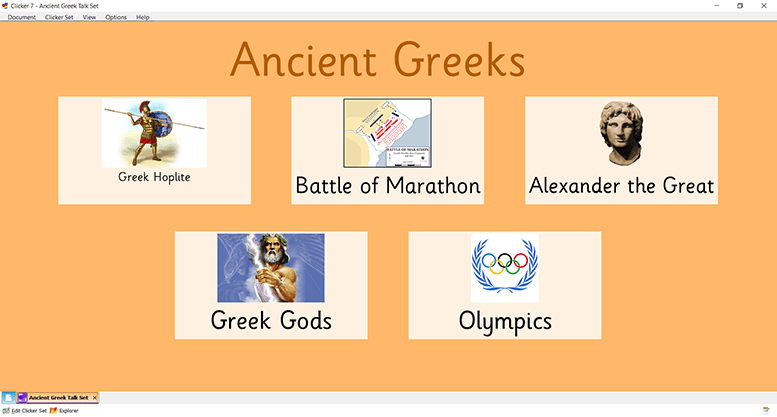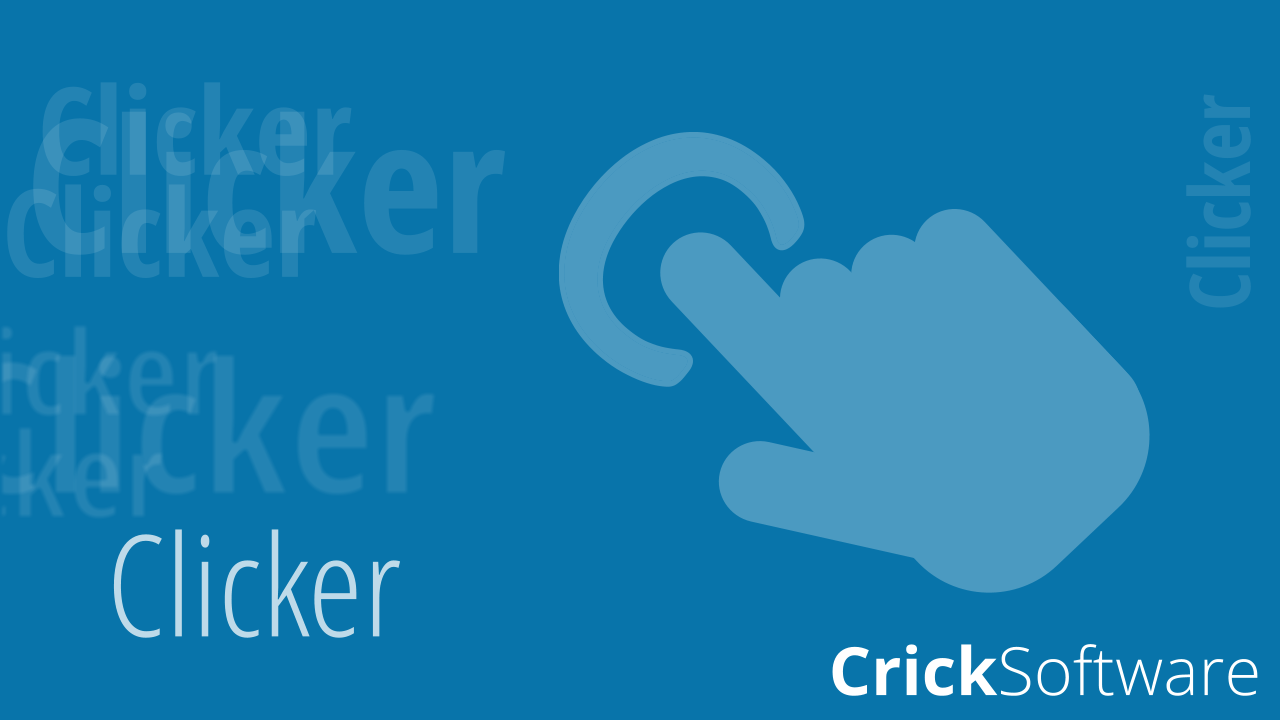As teachers, we all want to know the answer to the question, “Will it work for me?”
Having previously been a year 4 teacher before moving to Crick Software, I use my past experiences to talk to teachers about the many ways I can see Clicker having a positive impact on day-to-day life in the classroom.
From cleaning up paint to writing those end of year reports, time is precious within a school. It’s all too easy to dismiss new technology proposed to us, believing it will take up even more of our time and we will need a second life to even contemplate using it effectively.
However, during my transition between roles, I found that Clicker isn’t intimidating or time-consuming - it is an incredibly effective tool to support both teachers and children.
I always like to use the phrase, “We don’t want you planning around Clicker, we want Clicker to slot into your planning, and reduce the amount of time you spend doing it!” I feel this is the most effective way to describe the impact Clicker can have on reducing teacher workload.
Clicker can be used throughout the classroom, as a starter, plenary or to provide one-to-one support throughout the entire lesson. There are no limitations. As I’ve developed my knowledge of the software, powerful examples of how Clicker would have supported my teaching continue to jump out at me!
Starters are a great way to develop subject knowledge or test prior knowledge of a curriculum area. Either way, they need to be short, engaging, and effective. An example I like to use is the geography curriculum area - rivers.
This was a very challenging subject area for my class, as the vocabulary was very specific and completely new to the children. However, using Clicker as a starter we could introduce this vocabulary in an engaging activity format. Children use visual representations and words to retain the information. This starter activity, lasting for no longer than 5 minutes, could be the difference between a child accessing the learning objectives for the lesson, or not.

Another way to use Clicker within a lesson is as a plenary. Plenaries are a great way to conclude a unit of work or individual lesson and monitor the level of progression the children have made.
An example I like to use is within the history topic of the Ancient Greeks. There are lots of different areas covered in this curriculum area, from the Battle of Marathon to studying the Greek Gods, and children need a place to store all this knowledge they have been developing.
Using a Clicker Talk Set as an example, children can work within groups to discuss facts or information that has interested them at the end of the topic. This is a great way to conclude and celebrate their learning and to assess exactly what a child has retained.

Coming back to the question of “Will it work for me?” Yes! As long as you have a clear idea about what you want to achieve by using Clicker within your classroom and how you want to use it, whether this be as 1-to-1 support for particular children, as a whole-class learning tool, or both! Activities are simple to create and even easier for the children to pick up and work with.
If you’d like to find out more about how Clicker will support the particular learning challenges your pupils face, please don’t hesitate to get in touch with myself or one of Crick’s other Education Consultants to arrange a demonstration.





